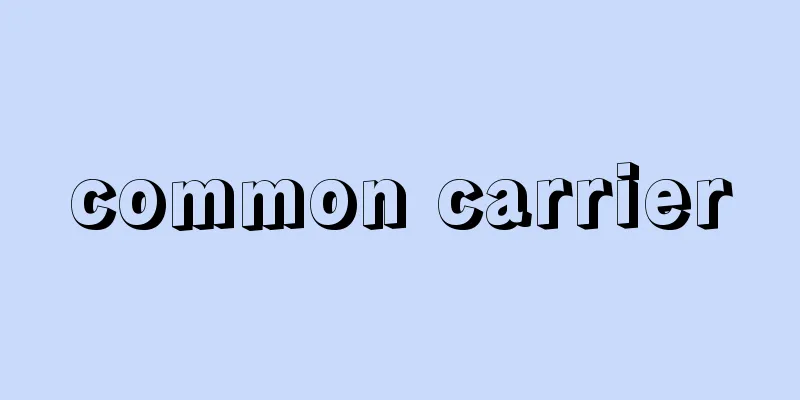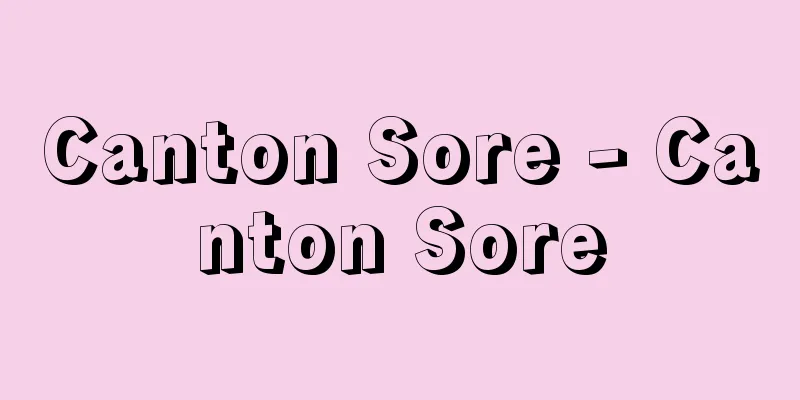Organic solvent poisoning

|
Organic solvent poisoning. Organic solvents are a general term for organic compounds that are liquid at normal temperature and pressure and dissolve non-water-soluble substances. There are more than 400 types of organic solvents, which can be broadly classified according to their chemical structure into aromatic hydrocarbons, chlorinated hydrocarbons, alcohols, esters, ethers, ketones, glycol derivatives, alicyclic hydrocarbons, and others. As of 2008, 54 types of organic solvents are subject to the Ministry of Health, Labor, and Welfare's Organic Solvent Poisoning Prevention Regulations from the perspective of industrial poisoning, with the seven most toxic types classified as Type 1, the seven safer types as Type 3, and the 40 intermediate types classified as Type 2. Mixtures consisting of only the aforementioned 54 types are also subject to the regulations. Incidentally, benzene is also subject to the Ministry of Health, Labor, and Welfare's Regulations on Prevention of Harm from Specified Chemical Substances. Due to their volatility and fat-solubility, organic solvents have in common the following effects: they can cause poisoning through inhalation, damage to fatty tissues such as the central nervous system, and damage to the skin and mucous membranes. Their main toxic effects are central nervous system anesthetic effects, peripheral nerve damage effects, skin and mucous membrane irritation effects, hematopoietic damage (benzene and glycols), liver damage (chlorinated hydrocarbons such as carbon tetrachloride, chloroform, and tetrachloroethane), and kidney damage. [Sadayoshi Shigeta] [References] | | | | | |Source: Shogakukan Encyclopedia Nipponica About Encyclopedia Nipponica Information | Legend |
|
有機溶剤による中毒。有機溶剤とは、常温常圧下で液体であって非水溶性のものを溶かす有機化合物の総称である。その種類は400種以上に達するが、化学構造から分類すると芳香族炭化水素、塩化炭化水素、アルコール、エステル、エーテル、ケトン、グリコール誘導体、脂環炭化水素、その他に大別される。2008年現在では、産業中毒の面から54種類が厚生労働省の有機溶剤中毒予防規則の対象とされ、もっとも毒性の強いもの7種類を第1種、比較的安全なもの7種類を第3種、両者の中間のもの40種類を第2種としてまとめている。また、前述の54種類のみからなる混合物も対象となる。ちなみにベンゼンは厚生労働省の特定化学物質等障害予防規則の対象となっている。 有機溶剤は揮発性、脂溶性などの特性から、吸入による中毒の発生、中枢神経などの脂肪の多い組織への障害、皮膚粘膜障害などが共通しており、毒性としては中枢神経系麻酔作用、末梢(まっしょう)神経障害作用、皮膚粘膜刺激作用、造血器障害(ベンゼンとグリコール類)、肝障害作用(四塩化炭素、クロロホルム、テトラクロルエタンなどの塩化炭化水素)、腎(じん)障害作用が中心となる。 [重田定義] [参照項目] | | | | | |出典 小学館 日本大百科全書(ニッポニカ)日本大百科全書(ニッポニカ)について 情報 | 凡例 |
>>: Recreational fishing - Yuugyo
Recommend
Coppélia - Coppélia (English spelling)
Ballet. 3 acts, 4 scenes. Music by Delibes. The l...
Russell snow-plow
...railroad vehicles used for clearing snow from ...
Eryops (English spelling)
A genus of primitive amphibians that lived in Nort...
Emperor Okinagatarashihihironuka
…Reigned from 629 to 641. His name was Prince Tam...
Freedom of occupational choice
The freedom to choose the occupation one wishes t...
Carbon disulfide - Niryukatanso
CS 2 (76.14). It is naturally found in small amou...
Tilting block - Nearby
This refers to a terrain in which one side of a f...
Aldus - Aldus
...In the early 7th century BC, Gyges (reigned 68...
Minamoto no Yorimasa
A military commander in the late Heian period. Hi...
Mercure Galant (English)
…All of these were publications by 17th-century i...
Tasaku Kitahara
Oceanographer and fisheries scientist. Engineer a...
Garôta de Ipanema (English spelling)
...It was created by composer and pianist Antonio...
Dialyzer
…A type of dialysis. When the kidneys' waste ...
Rubber tree
An evergreen tall tree of the family Mulberry (AP...
Darbha grass - Darbha (English spelling) [Sanskrit]
A plant used in various religious ceremonies in In...









